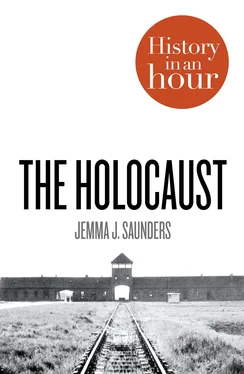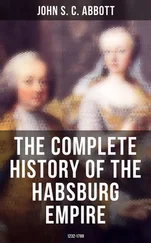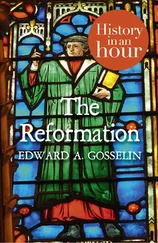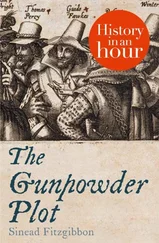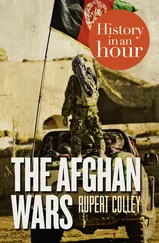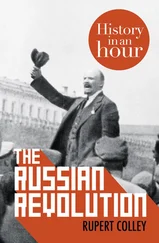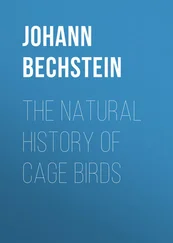Thousands of Jews had left Germany before Kristallnacht due to increasing intolerance, but the unprecedented violence of 9–10 November prompted another wave of immigration. Some left for neighbouring countries such as the Netherlands, Belgium or France, while those with the good fortune to be permitted entry to America journeyed across the Atlantic. The Nazis had no objections to Jews leaving; indeed, in 1938 Adolf Eichmann established an Office for Jewish Emigration in Vienna which ultimately forced 145,000 Austrian Jews to leave the Reich.
Outraged by Kristallnacht , the British Jewish Refugee Committee facilitated the Kindertransport programme, whereby thousands of Jewish children from Germany, Austria, Czechoslovakia and Poland were evacuated on sealed trains to Britain. These children were among 320,000 Jews who fled Nazi-controlled territories to build new lives elsewhere between January 1933 and September 1939.
For those Jews who did not or could not leave, numerous decrees that had been passed since the Nazis came to power meant they were continuously segregated, restricted and demeaned. All Jewish passports were stamped with a conspicuous red ‘J’, and the middle names ‘Israel’ for men and ‘Sara’ for women had to be adopted as a further mark of identification. Landlords had the legal right to evict Jewish tenants, young Jews could not attend state schools, and places of entertainment such as the theatre and cinema were forbidden. Over 400 decrees that discriminated against Jews in the Third Reich were ultimately passed by the Nazis.
As anti-Semitic persecution in Germany continued, the probability of continued peace in Europe was fading rapidly because of Hitler’s determination to further extend his empire. Already the Führer had pushed his luck, with the Rhineland remilitarization, the Anschluss , and the invasion of Czechoslovakia in March 1939; but when Nazi troops invaded Poland on 1 September 1939, it was finally a step too far. Two days later, Britain and France declared war on Germany.
With the outbreak of war, the borders closed. Jews could no longer freely leave Nazi-governed countries and the Kindertransport programme came to an end. Around 10,000 Jewish children had arrived safely in Britain, but most of these evacuees would never see their parents or wider families again. Hitler’s territorial ambitions had ignited a conflict that would last until 1945 and that would result in the genocide of millions.
Forced Resettlement Forced Resettlement Ghettoization West of Germany: Yellow Stars and Registration Pit Killings The Euthanasia Programme Wannsee and the ‘Final Solution’ Deportation Selection The Will to Live Arbeit Macht Frei Killing Factories Medical Experiments Collaboration and Resistance Death Marches Liberation Remembrance and Retribution The Holocaust: Key Players The Holocaust: Timeline Got Another Hour? Copyright Конец ознакомительного фрагмента. Текст предоставлен ООО «ЛитРес». Прочитайте эту книгу целиком, купив полную легальную версию на ЛитРес. Безопасно оплатить книгу можно банковской картой Visa, MasterCard, Maestro, со счета мобильного телефона, с платежного терминала, в салоне МТС или Связной, через PayPal, WebMoney, Яндекс.Деньги, QIWI Кошелек, бонусными картами или другим удобным Вам способом. About the Publisher
From the late 1930s, senior Nazis had discussed the possibility of completely expelling the Jewish population from Germany, thus ridding the nation of the perceived threat that Jews posed to German hegemony. The Reich Central Office for Jewish Emigration, based on Eichmann’s Austrian model, was established to ensure areas of the country became judenfrei : purged of Jews. Where the expelled Jews would go, however, was another matter, one on which the outbreak of war impacted greatly.
One location suggested for Jewish resettlement was Madagascar, which was under French colonial rule. Although France fell to Nazi Germany in the summer of 1940, continued fighting with Britain rendered the African island an impossible option on which to establish a Jewish colony. Some German Jews had emigrated to Palestine during the 1930s, but the ongoing conflict now made further emigration impractical.
Instead, attention turned to Poland, home to over 3 million Jews who, following the invasion, were under Nazi control in the west and Soviet control in the east. These Jews were generally more Orthodox and less assimilated than those in Germany, as they often spoke Yiddish and wore traditional dress.
Large parts of north and west Poland were immediately incorporated into the Third Reich after the outbreak of war, forming a greater Germany. Huge numbers of Jews and Poles from these areas were then forcibly moved from their homes so that Lebensraum would become available for ethnic Germans from other parts of the Reich. The Slavic peoples of Poland and Eastern Europe were, like Jews, considered Untermenschen by the Nazis: racially inferior subhumans.
Arrest and transport of Jews in Poland, September 1939
Bundesarchiv, Bild 101l-380-0069-33 / Lifta / CC-BY-SA
The initial destination of these displaced people was the Generalgouvernement , an area under civil administration situated in central and southern Poland, between the Soviet and Nazi occupied zones. The Nazis transferred an estimated 1 million people to the Generalgouvernement in the early years of the Second World War. From 1 December 1939, all Jews over the age of 10 who lived in this area had to wear a white armband bearing a blue Star of David, making them immediately identifiable. While Poles relocated to the Generalgouvernement were often subsequently assigned labour tasks, Jews were increasingly crowded into designated areas of towns and cities where they were segregated from non-Jewish society: ghettos.
Ghettoization Ghettoization West of Germany: Yellow Stars and Registration Pit Killings The Euthanasia Programme Wannsee and the ‘Final Solution’ Deportation Selection The Will to Live Arbeit Macht Frei Killing Factories Medical Experiments Collaboration and Resistance Death Marches Liberation Remembrance and Retribution The Holocaust: Key Players The Holocaust: Timeline Got Another Hour? Copyright Конец ознакомительного фрагмента. Текст предоставлен ООО «ЛитРес». Прочитайте эту книгу целиком, купив полную легальную версию на ЛитРес. Безопасно оплатить книгу можно банковской картой Visa, MasterCard, Maestro, со счета мобильного телефона, с платежного терминала, в салоне МТС или Связной, через PayPal, WebMoney, Яндекс.Деньги, QIWI Кошелек, бонусными картами или другим удобным Вам способом. About the Publisher
The internment of Polish Jews in ghettos began in the autumn of 1939. While some ghettos were open, permitting residents to move beyond the boundaries when a curfew was not in place, the majority were closed, with high walls, barbed wire and armed soldiers preventing anyone from leaving. As the Nazi campaign against the Jews twisted towards a policy of annihilation, many ghettos that had previously been open were sealed.
The Warsaw ghetto became the largest in Poland, where 400,000 Jews were crammed into an area of just 1.36 square miles. Such overcrowding was a common feature of ghetto life and several generations of multiple families often lived in one small room, with minimal furnishings.
Читать дальше
